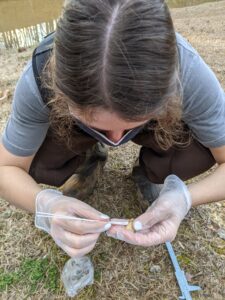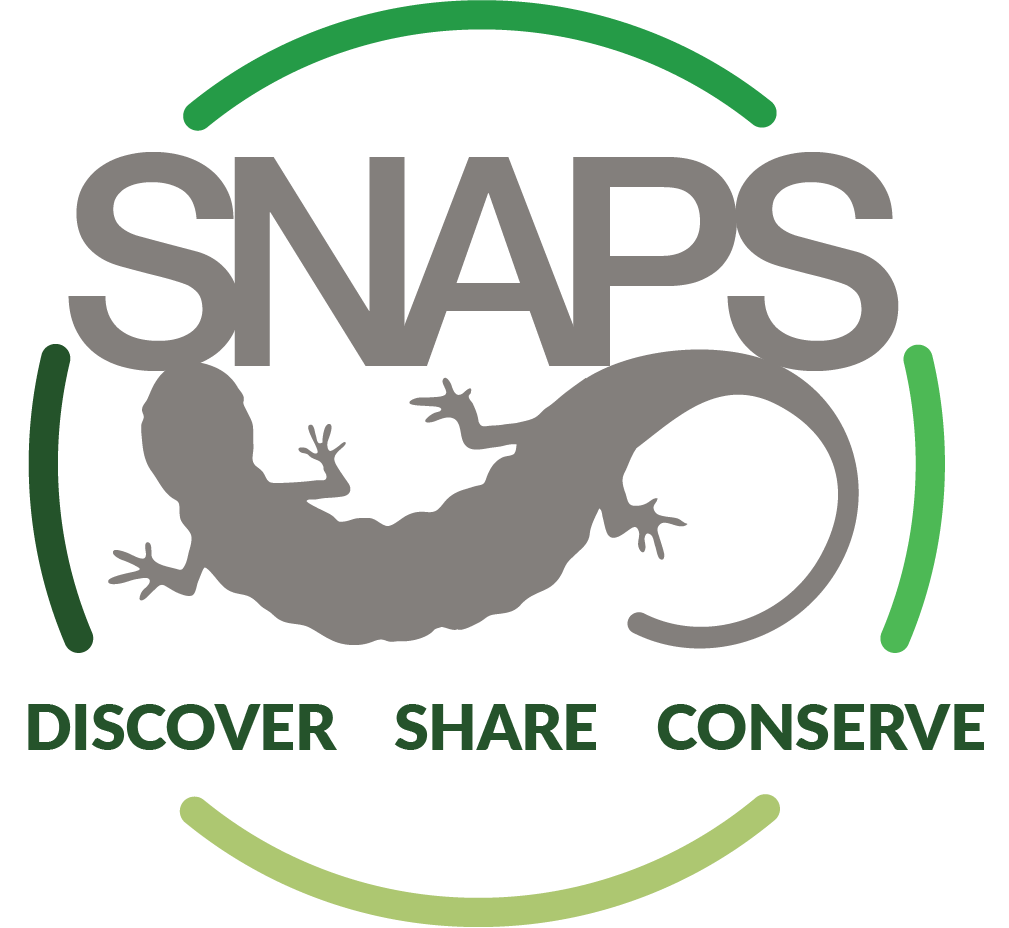SNAPS produces data on the occurrence and prevalence of Bsal and Bd in North American amphibian populations. Data are collected by students in the field who sample for pathogens by capturing and swabbing amphibians. The swabs are sent to a laboratory where qPCR is used to detect whether genetic material from the target pathogens is present. The results of these analyses as well as other data collected in the process are stored in the Amphibian Disease Portal (amphibiandisease.org). The Amphibian Disease Portal is a public database for observation of pathogens and disease. These data provide a global view of occurrence and prevalence patterns for disease-causing pathogens that are a major factor in global amphibian declines. Like all data in the portal, SNAPS data are public and available for anyone to use. SNAPS data can be accessed via the SNAPS project page of the Amphibian Disease Portal.

